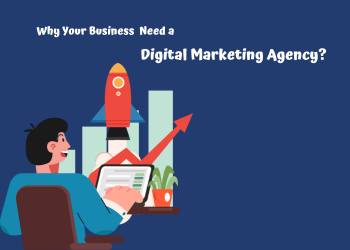
The Power of Social Media Marketing
Social Media Marketing (SMM)
Reports have proven that social media "especially influencer content" influence the purchasing decisions of 80% of consumers, leading marketers across industries to evolve Social Media Marketing (SMM) from a stand-alone tool into a multifaceted source of marketing intelligence to an increasingly important and growing audience.
18 years ago, from 2004 (when MySpace became the first social media site to reach 1 million users) to 2022, the dramatic growth of interactive digital channels has taken social media to levels that defy even the arrival of television and radio.
By March of 2022, there were 4.6 billion social media users globally - more than 58% of the world's population - an increase of more than 10% in just one year.
With social media trends on the rise, marketers are perfecting strategies to capture the significant competitive advantage that aligns with the "4Ps marketing mix" that engagement with this key audience can deliver more quickly, effectively, and accurately than traditional marketing.
What is Social Media Marketing (SMM)?
Social Media Marketing (SMM) (also known as digital marketing and e-marketing) includes all the platforms on which users build social networks and share information - allowing building a company’s brand, increasing sales, and driving website traffic.
In addition to providing businesses with a way to interact with existing customers and reach new customers, social media marketing (SMM) has purpose-built data analytics that allows marketers to track the success of their efforts and identify more ways to engage.
Why is social media marketing so powerful?
The power of Social Media Marketing (SMM) is driven by the unparalleled power of social media in three key marketing areas: "communication, interaction, and customer data".
- Connectivity: Not only is social media giving businesses the ability to connect with customers in ways that were once truly impossible but there is also an extraordinary array of ways to connect with target audiences – from content platforms (like YouTube) and social sites (like Facebook) to micro-blogging services. (Like Twitter).
- Interaction: Social media enables interaction with your audience - whether it's direct contact or 'likes' - and businesses benefit from increased opportunities for free advertising from eWOM (electronic word of mouth) recommendations among existing and potential customers. Not only is the positive impact of contagion from eWOM a valuable driver of consumer decisions, but the fact that these interactions occur on the social network makes it measurable. For example, companies can measure 'social equity' - a term for ROI (return on investment) from social media marketing (SMM) campaigns.
- Customer Data: A well-designed Social Media Marketing (SMM) plan provides an important and invaluable resource for enhancing marketing results: customer data. Rather than being inundated with 3Vs of big data (size, diversity, and speed), SMM social media tools cannot only mine customer data but also turn that data into actionable market analysis - or even to use the data for crowdsourcing and planning new strategies.
all of the power of Social Media Marketing (SMM), the accuracy of information and data, and the speed of interaction and communication prompt companies to search for how Social Media Marketing (SMM) works. and you can read it through the link.
Related posts:







